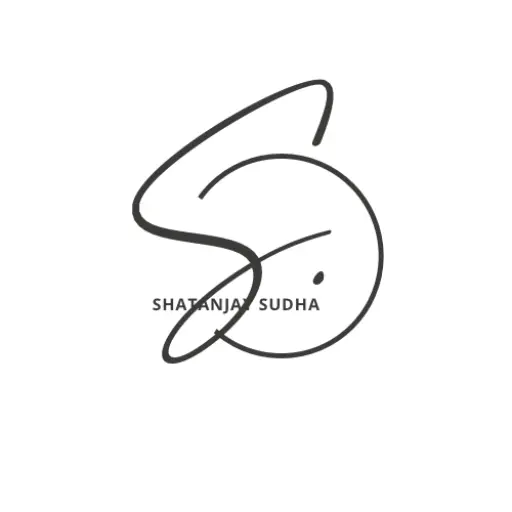
Stress isn’t always loud. Sometimes it whispers behind your eyes, shows up as tight shoulders, or lurks in the way you scroll endlessly trying to feel better.
There’s a tool to ease that tension. No app. No therapy session. No caffeine or escape plan. Just your breath. Specifically—a physiological sigh.
Table of Contents
- What Exactly Is a Physiological Sigh?
- Why Does the Physiological Sigh Work So Well?
- How to Do It (Try This Now)
- The Science Behind It
- When Should You Use the Physiological Sigh?
- How It Compares to Other Breathing Techniques
- Does It Really Work?
- Internal Reset, No External Tools
- Quick Recap
What Exactly Is a Physiological Sigh?
The physiological sigh is a quiet, reflexive breath pattern built into our biology. It happens without thought when you cry, yawn, or even sleep deeply.
It goes like this:
- A deep inhale through your nose
- Followed immediately by a second, quicker inhale
- Then a long, steady exhale through your mouth
Simple. Quick. But powerful.
This physiological sigh clears out carbon dioxide, relaxes your nervous system, and sends a calm-it-down message straight to your brain.

Why Does the Physiological Sigh Work So Well?
Our lungs aren’t just for breathing—they’re full of sensors. When we take in a deep breath, we open alveoli, tiny air sacs that sometimes collapse under stress or shallow breathing.
That second, shorter inhale? It opens up even more of those sacs, giving your body more oxygen. And the long exhale? It helps flush out carbon dioxide, which builds up when you’re anxious.
This small act:
- Slows your heart rate
- Drops your blood pressure
- Engages your parasympathetic (rest and digest) system
- Signals your mind that you’re safe
All in under five seconds.
How to Do It (Try This Now)
You don’t need to prepare or be in a quiet room. Just try this right where you are:
Deep Inhale
Take a long, slow breath through your nose
Quick Top-Up
Pause, then inhale again quickly
Long Exhale
Exhale all air slowly through your mouth
One round. That’s it. Do it two or three times if you’d like, but even a single physiological sigh often brings noticeable relief.

The Science Behind It
This isn’t some feel-good Instagram technique. The physiological sigh has been studied and validated by researchers at top institutions, including Stanford University.
Neuroscientist Dr. Andrew Huberman and breathing researcher Dr. Jack Feldman identified this reflex as one of the fastest ways to shift the body out of a stressed state.
In fact, in clinical trials, this breath technique outperformed other common methods like box breathing and meditation—for speed and simplicity.
When Should You Use the Physiological Sigh?
This isn’t a once-a-day thing. You can use it:
- Before speaking in public
- When you get bad news
- In a stressful meeting
- While lying awake at night
- After a heated conversation
- Even before starting your day
Think of it like a nervous system “refresh.” Just like restarting your phone when it’s glitchy—this breath resets your mind.

How It Compares to Other Breathing Techniques
| Technique | Time Needed | Skill Level | Speed of Effect |
|---|---|---|---|
| Physiological Sigh | ~3 sec | Very easy | Instant |
| Box Breathing | ~16 sec | Moderate | Slower |
| 4-7-8 Breathing | ~20 sec | Moderate | Gradual |
| Meditation | 10+ min | Advanced | Slowest |
The big difference? The physiological sigh works right away—you don’t have to build a practice or follow a routine.

Does It Really Work?
If it seems too simple to be real, that’s fair. But remember: evolution doesn’t waste time on extras. The physiological sigh is built-in for survival.
Babies do it. So do animals under threat. And your body already uses it to keep you calm while you sleep.
We’re not adding a new skill—we’re just reactivating an old one.
Internal Reset, No External Tools
Forget guided audio. Forget the need to sit cross-legged or schedule a 20-minute breathing session.
This is the one tool you carry inside you, always ready. And that’s the beauty of the physiological sigh—you don’t have to go searching for calm. It’s right under your nose.
Quick Recap
- Physiological sigh = one deep inhale + one short inhale + long exhale
- Works instantly to lower stress, anxiety, and overwhelm
- Backed by neuroscience and used by therapists, athletes, and mindfulness experts
- Can be used anytime, anywhere—no setup, no noise, no guidance needed


Leave a Reply to 7 Powerful Neuroscience-Backed Stress Management Techniques To Control Your Response Cancel reply